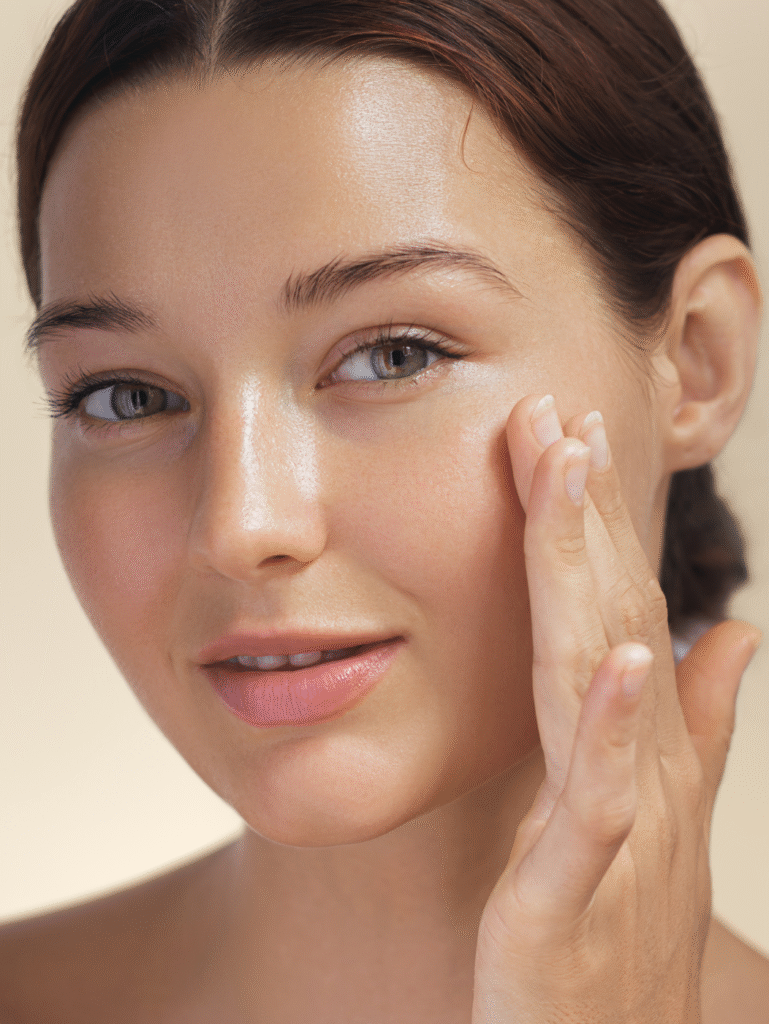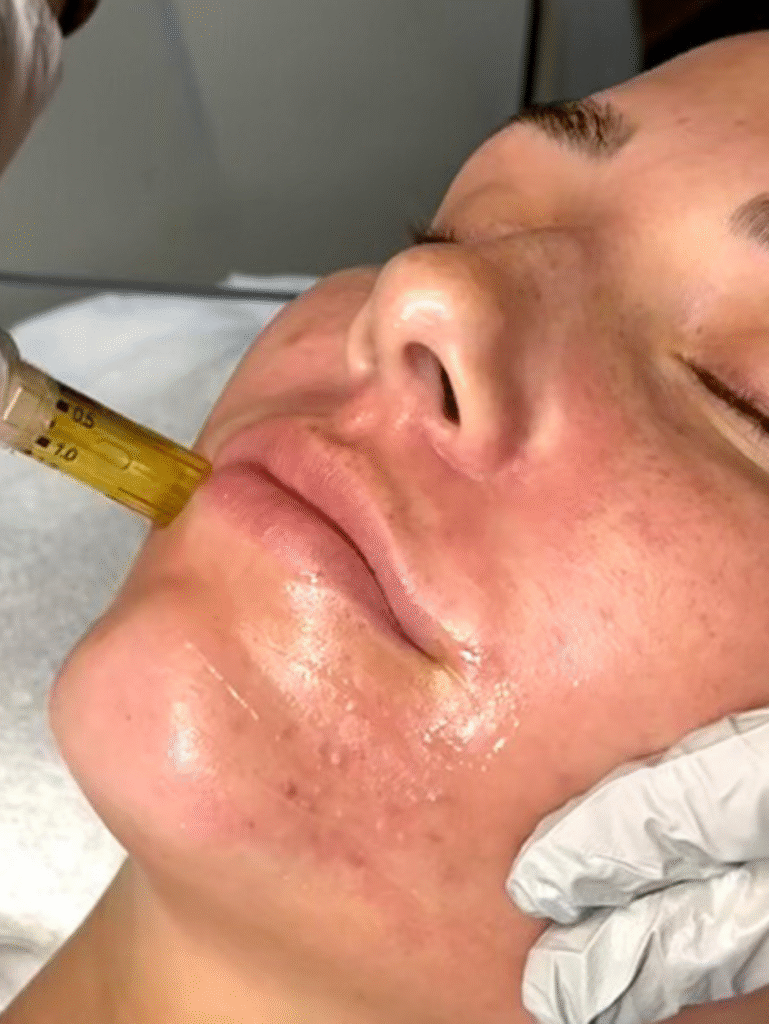The Ultimate Guide to Understanding & Managing Melasma
Melasma is a common skin disorder predominantly in women causing Brown or Gray Brown patches. Usually involving the face, presenting on cheeks, forehead, bridge of nose and upper lip. Caused by overproduction of Melanin the skin pigment.
Causes
Exact cause is unknown. This problem is often linked to hormonal changes like pregnancy, birth control pills, menopause, medications, other causes are sun exposure and genetic predisposition. More common in women with darker skin tones and those living in sunnier climates. This is a difficult problem to treat and practically impossible to cure, requiring constant use of topical agents, sun protection, and use of targeted laser treatments
Treatment
Melasma is best managed by supervision and guidance from an aesthetic practitioner/ practice.
Modalities for treatment include:
- Topical Medication: Hydroquinone is the most common and proven topical agent. Use under professional supervision. Other agents that are used are Retinol, Tretinoin, Vitamin C, Kojic acid, Azelaic acid, and Niacinamide. Use professional prescription strength topical skincare.
- Sun Protection: Avoid sun exposure, use brimmed hats and sunscreen. Use sunscreens, particularly tinted sunscreens with zinc oxide and titanium dioxide. Tinted sunscreens with iron oxide offer additional protection against non-solar UV light.
- Chemical Peels: Remove top layer of skin and reduce darkness of the pigmentation. Also allowing liquid medication to penetrate and improve their anti pigment capacity.
- Microneedling: Disrupt melanin producing cells, and stimulate collagen production and promote penetration of topical agents.
- Laser Therapy: Targets and disrupts melanocytes (pigment production cells). Not all lasers are suitable for this problem. Consult with a medical provider as some lasers can make melasma worse.
- Combination Therapy using a combination of modalities to lessen the darkness of melasma and keep the melasma controlled with improvement of the skin tone and texture.
Melasma is a difficult problem to treat, always consult and use treatments prescribed by an aesthetic provider with constant professional supervision.



